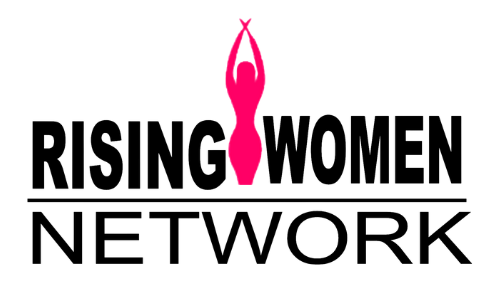One thing I experimented with this year in my business is working with Youtube sponsors for my video content on YouTube. Through this experience, I learned first hand how confusing the sponsorship-seeking process can be. Still, I know a lot of creative entrepreneurs are becoming interested in creating more Youtube sponsored content to generate additional income in their business.
Are you ready to get some Youtube Sponsors. In this post, I’ll share more about my experience and give you 7 steps you can take to land your first Youtube sponsor.
Brainstorm potential Youtube sponsors
Start by thinking about what brands and businesses would be a good fit to potentially sponsor your content. The key is to consider those brands (companies, tools, etc.) that you’ve used before and would be happy to promote, even if you weren’t getting paid to do so.
Is there a particular topic you’ve talked about before that has gotten a lot of questions or feedback? Try starting there. Keep in mind that potential sponsors need to align with your brand, and they need to make sense when considering your industry and audience as well.
Consider how you’ll be compensated
When trying to figure out how much it you should get paid for creating sponsored content, I found that there’s no one-size-fits-all answer. But, there are several factors you can consider to come up with a rough idea of how you should be compensated for your work:
- Your level of experience and expertise with the subject matter
- The time it will it take to complete the work from start to finish (from research all the way to publication/promotion)
- Your audience and social media following (Hint: Having a small audience DOESN’T mean that sponsors won’t want to work with you…)
- Where/when you will promote the sponsored content
In my experience, these are the factors that mattered most when coming up with a ballpark price I could discuss with potential sponsors.
Make a list of content topics
Next, it’s time to get creative and come up with content ideas. You don’t have to have all the details fully worked out when you contact potential sponsors, but you’re more likely to have success if you pitch specific topics or angles that are unique/valuable in the eyes of potential Youtube sponsors.
If you hit a roadblock, here are a few questions to help get your wheels turning:
- What do you want to create content about?
- What makes your content or angle (or business!) unique?
- What does your audience want or need to know?
- Is there a certain opinion or approach that’s missing in your industry?
Find a contact
To get in touch with the right person at the business you’re looking to pitch as a potential sponsor, check out their site and start with a directory or their about page. Companies will sometimes have specific instructions to follow if you want to contact them regarding collaboration/sponsorship inquiries.
If you don’t find what you need, reach out with a general contact form. But the content of your message should focus on finding out who you can direct your questions/inquiries to regarding sponsorships/brand partnerships. (Tip: Avoid pitching in the contact form – it can look spammy.)
Write your pitch and send it via email
Now that you’ve done all the pre-work, it’s time to pitch your idea. Here’s what I recommend including in your pitch email:
- Reveal the basics of your idea
- Share some of your “street cred” (awards, places you’ve been featured, etc.)
- Discuss mutual benefit of working together
- Include info about your audience
- If you’ve published anything about their brand before, link to that content
- Mention potential content promotion frequency and where you plan to share the content
Discuss details with the potential sponsor
Be open to feedback the possibility of adapting your ideas to fit your potential sponsor’s current focus. I’ve found that a willingness to compromise (within reason) goes a long way since brands you want to work might have other angles they want to pursue beyond those presented in your pitch.
The point here is, don’t get discouraged if things don’t go as planned or the partnership doesn’t work out. Use each pitch as a learning experience and keep moving forward.
Send a contract to your new sponsor
Once you reach an agreement and a brand decides to sponsor your content, the next step is to send them a contract. This part doesn’t have to be scary or complicated. A quick google search for brand sponsors or collaborations should help you get clear on basic information you need to include in your contract.




